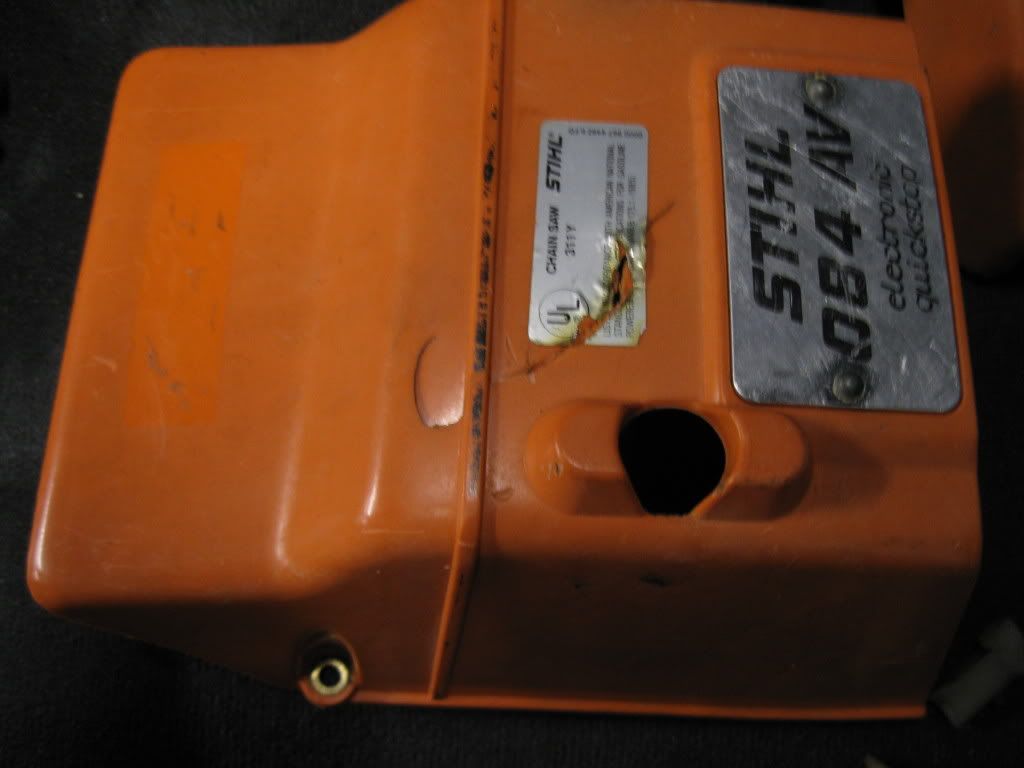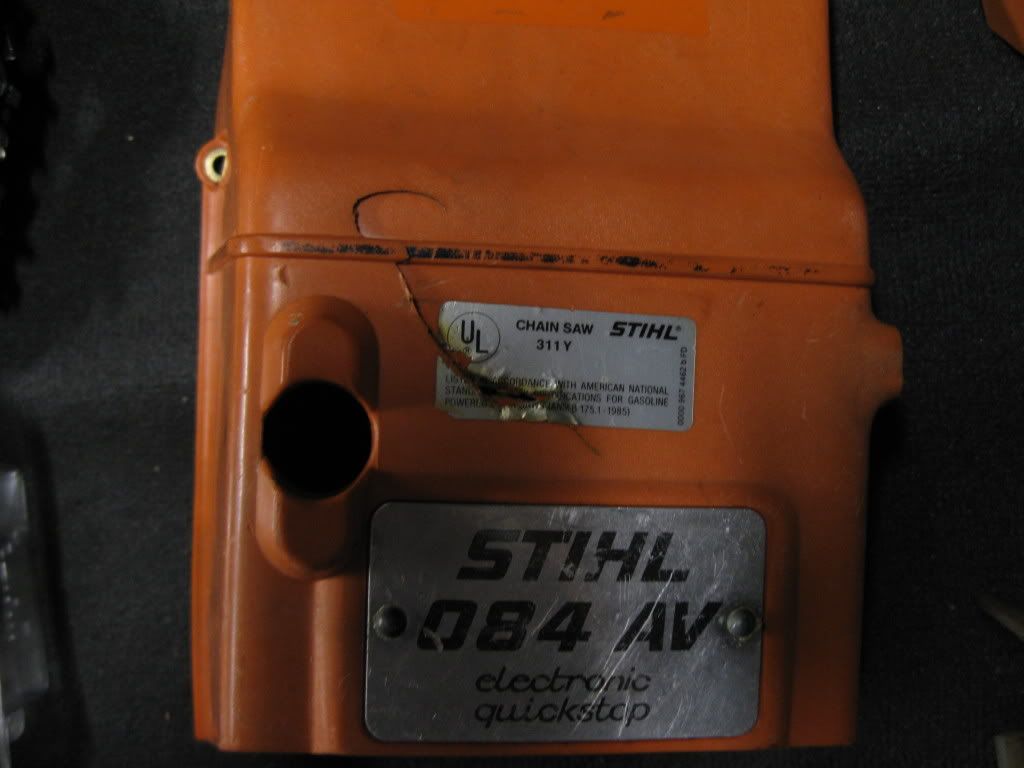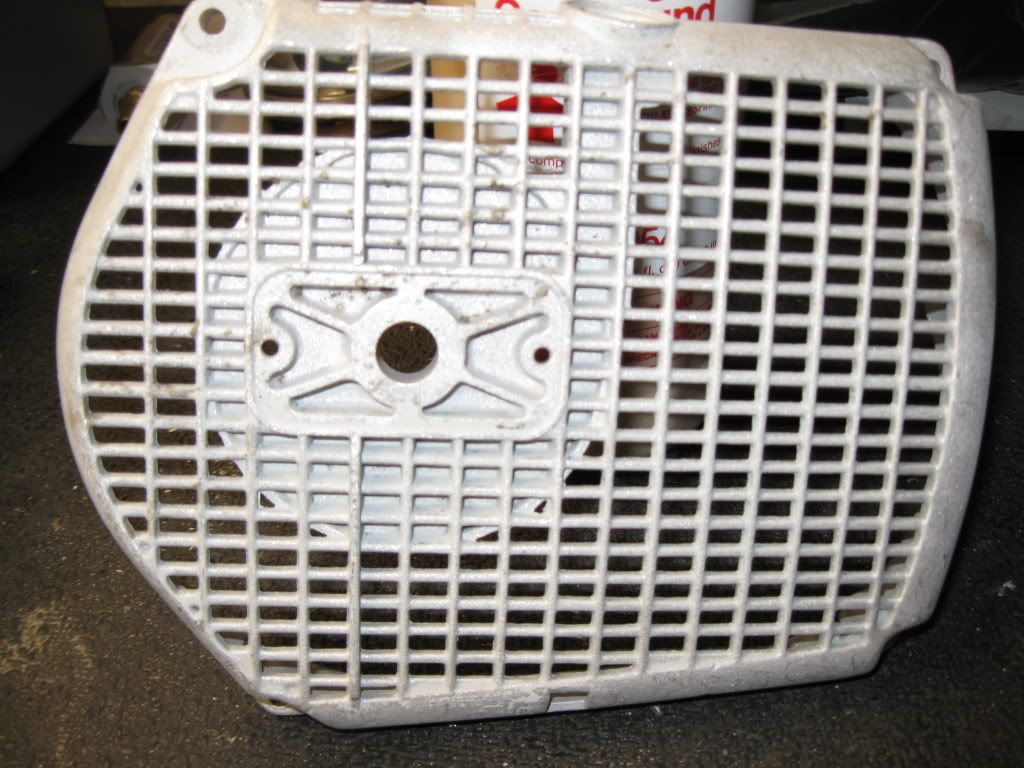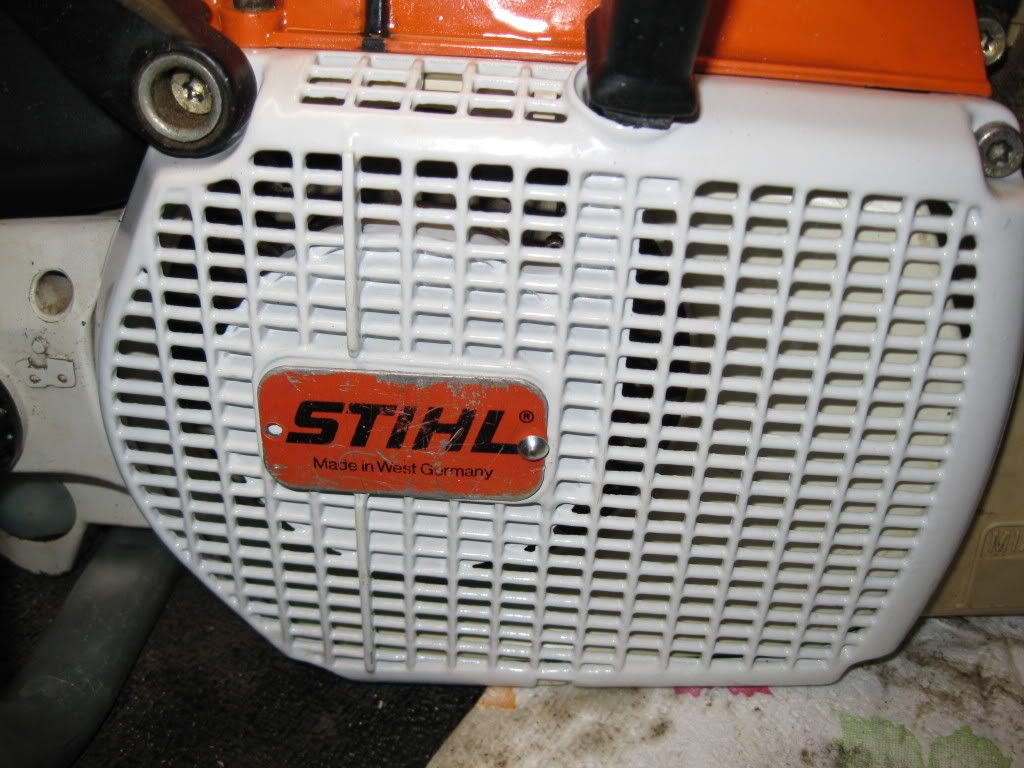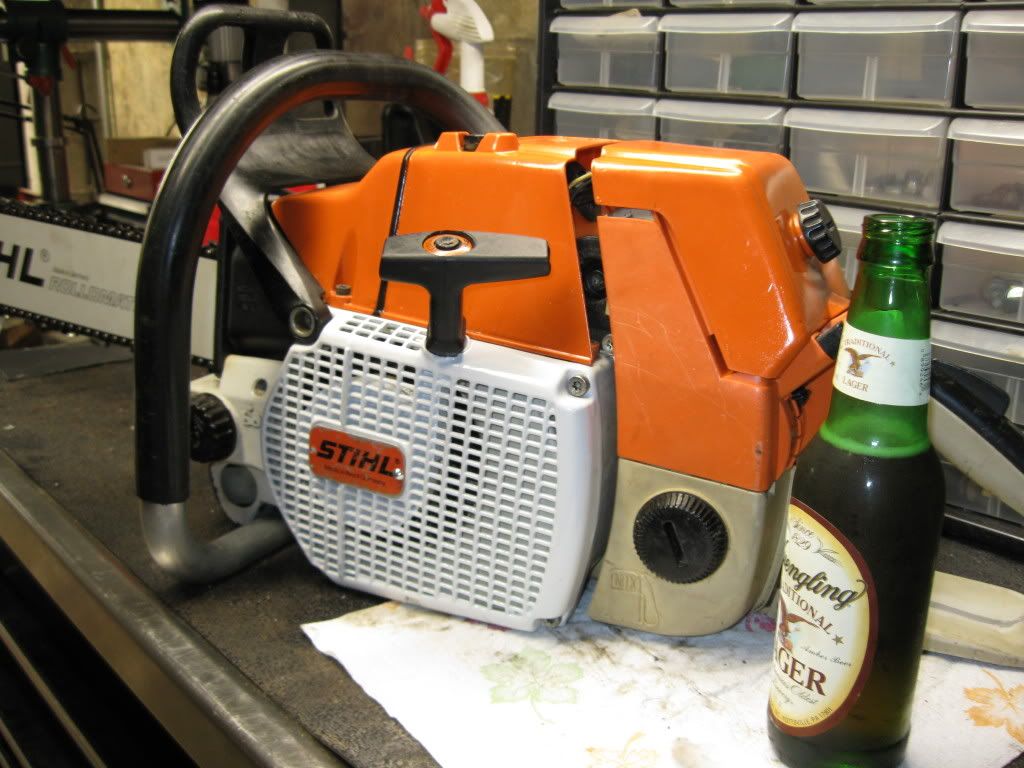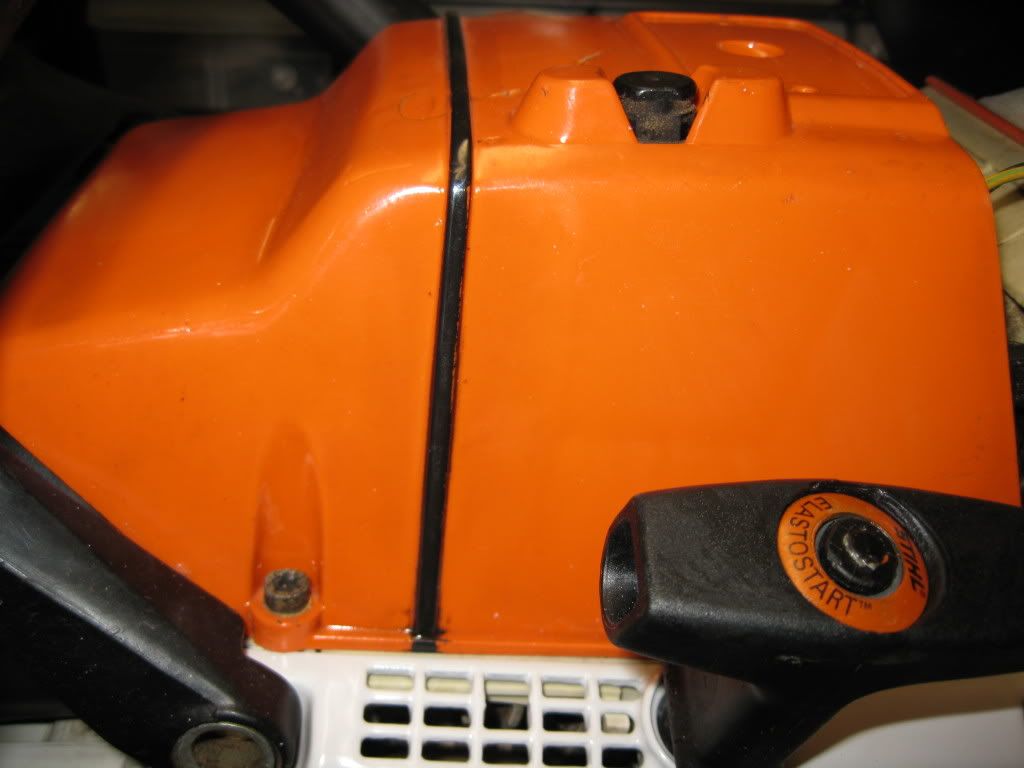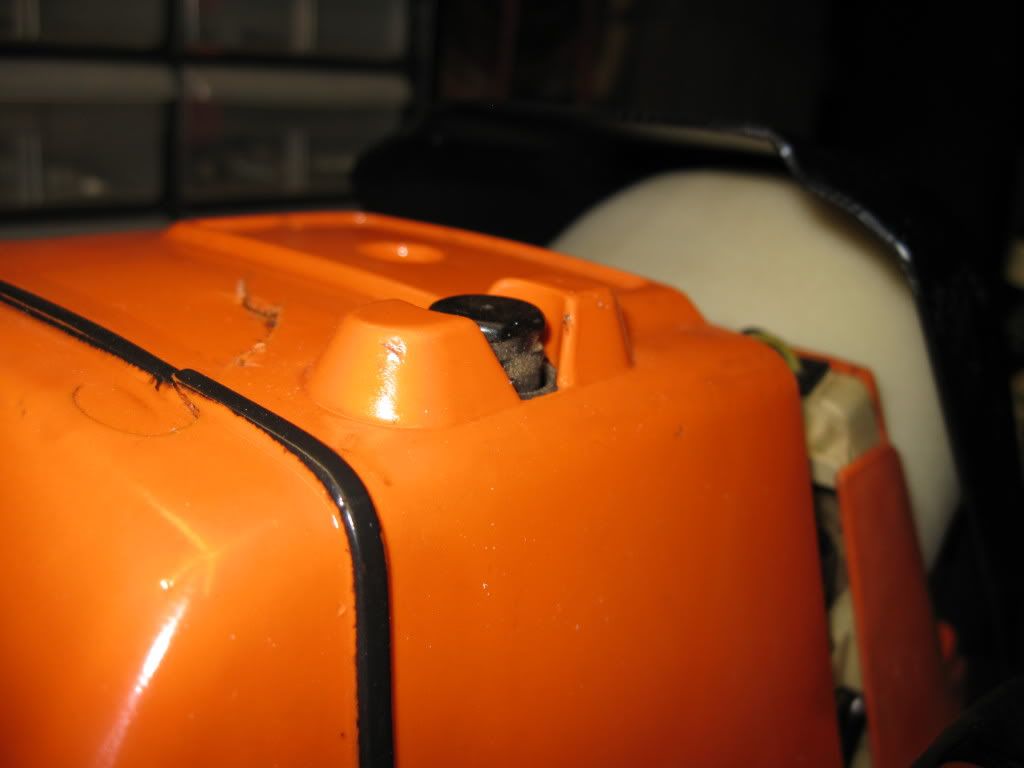ChainsawmanXX
Addicted to ArboristSite
Call me crazy but I like the pics of the thing all scuffed up and badass looking. Less likelihood of it getting stolen like that too. Sometimes I scratch my head at the videos of guys using their older, somehow showroom looking saws in what look like the clothes I wear to church
.
It must just be because I have OCD?






